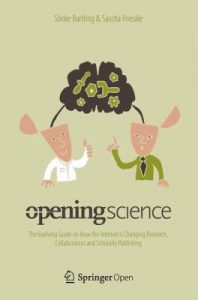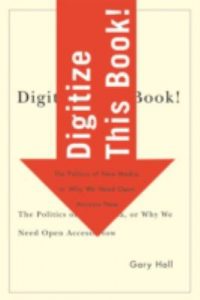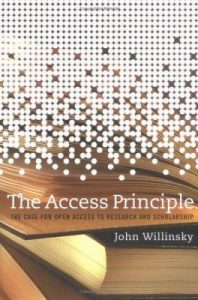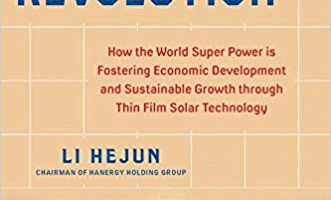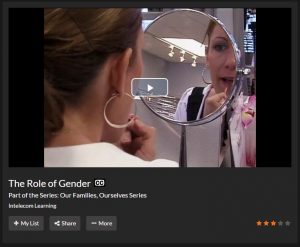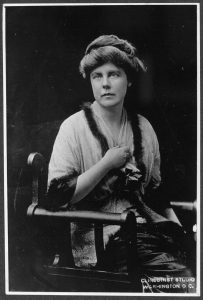Watt’s steam engine, developed in 1781, set the stage for the first industrial revolution. But it wasn’t until a century later that the widespread adoption of electricity and the internal combustion engine brought about the second industrial revolution.
The information age didn’t really get going until the 1970’s and that’s led to what to what many are now calling the new industrial revolution, which incorporates computer aided design and advanced fabrication techniques like 3D printing. However, the next revolution, in energy, is already underway.
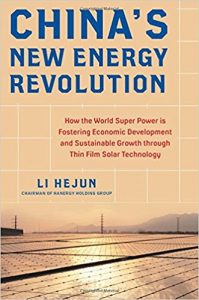 This Theme Thursday, Ames presents resources to help familiarize you with the energy revolution.
This Theme Thursday, Ames presents resources to help familiarize you with the energy revolution.
China’s new energy revolution: How the world super power is fostering economic development and sustainable growth through thin film solar technology, by Li Hejun; foreword by Ai Feng
The clean tech revolution: The next big growth and investment opportunity, Ron Pernick and Clint Wilder
Crossing the energy divide: Moving from fossil fuel dependence to a clean-energy future, Robert U. Ayres, Edward H. Ayres
Sustainability: A reader for writers, by Carl G. Herndl, University of South Florida
Zoom: The global race to fuel the car of the future, by Iain Carson and Vijay V. Vaitheeswaran
Energy for the 21st century: A comprehensive guide to conventional and alternative sources, by Roy L. Nersesian
Need a quicker summary? Check out this video, available through Kanopy.
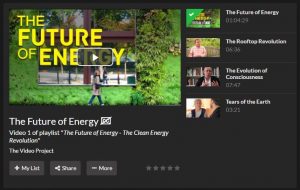 This film journeys across America to shine a light on the communities and individuals who are at the forefront of the clean energy revolution, taking practical steps to transition from fossil fuels to renewable power.
This film journeys across America to shine a light on the communities and individuals who are at the forefront of the clean energy revolution, taking practical steps to transition from fossil fuels to renewable power.
Solar, wind and water could power the planet by the year 2050, according to experts in the film, substantially reducing carbon emissions. What’s needed is the social and political willpower to make the change on a large scale.
Two model towns are highlighted for their exemplary steps towards clean energy: Greensburg, Kansas, and Lancaster, California.
After a devastating tornado in 2007, the town of Greensburg decided to rebuild and “go green” with 100% renewables, harnessing the very energy that destroyed them by building wind turbines. A local politician admits that many residents were skeptical at first, but soon realized “It’s common sense.”
The city of Lancaster set a goal to become the nation’s first “net zero” community, and now runs on solar power with panels installed on practically every rooftop available and even new structures. The mayor notes the economics of renewables are a “no-brainer” as they’ve offset many energy costs.
The film also highlights the broader citizen movements for clean energy, showcasing especially how the youth of today are helping to lead the change.
The Future of Energy illustrates that renewable power on a large scale is not just a dream, but rather a viable option already being implemented by many communities, cities and businesses. The examples and solutions highlighted are designed to inspire others to consider adopting clean, renewable power as a smart choice with substantial economic, public health and environmental benefits.





